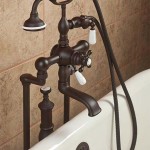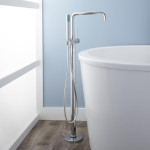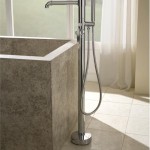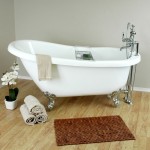Faucets For Clawfoot Bathtubs
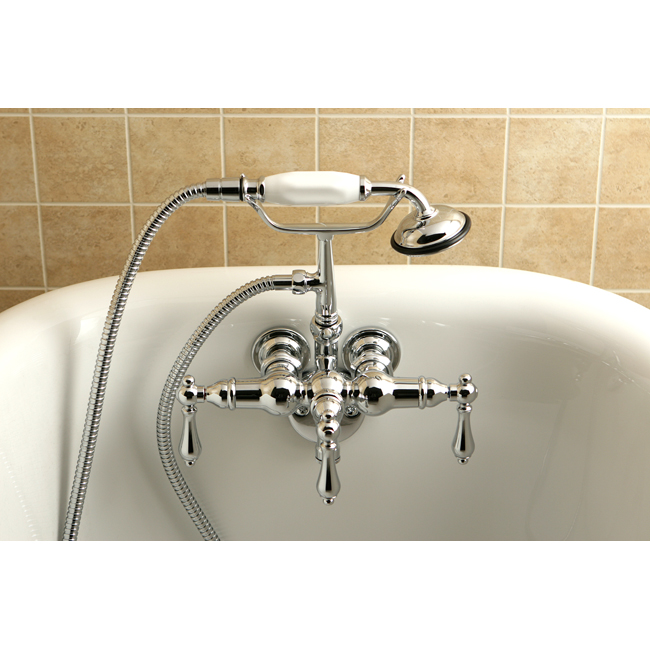
Clawfoot faucets are called so because they are attached to a clawfoot tub. Designed to resemble vintage bathtub accessories, clawfoot faucets feature modern durable finishes and offer the contemporary functionality.
Mounting Types Of Clawfoot Bathtub Faucets
Most clawfoot faucets require the bathtub to have the drillings. The two holes for mounting are typically made on either the rim or the inside wall of the container. The former variant is more characteristic of classic clawfoot bathtubs that radiate the true vintage vibe. Choosing a faucet for a bathtub with drillings, you should be extremely attentive to the measurement between the central points of the holes. The standard wall drilling pattern measures 3.375 inches, while rim drillings usually stand 8 inches away from each other.

Some clawfoot bathtubs have no drillings intended for mounting the faucet, the only holes in them being the waste and overflow drains. This means you are likely to have to place the fixture in adjacency to a wall and complement it with a wall-mounted faucet. The available option for free-standing bathtubs with no drilling is a faucet installed on the floor, with the water supply lines coming from below.
A classic legged bathtub with a roll rim requires the faucet to be mounted on its end wall, same as a slipper-type tub. The latter’s high back designed for enhanced comfort excludes the option of installing the faucet on a side wall of the tub. However, this mounting type is highly suitable for double-ended and double slipper legged tubs.
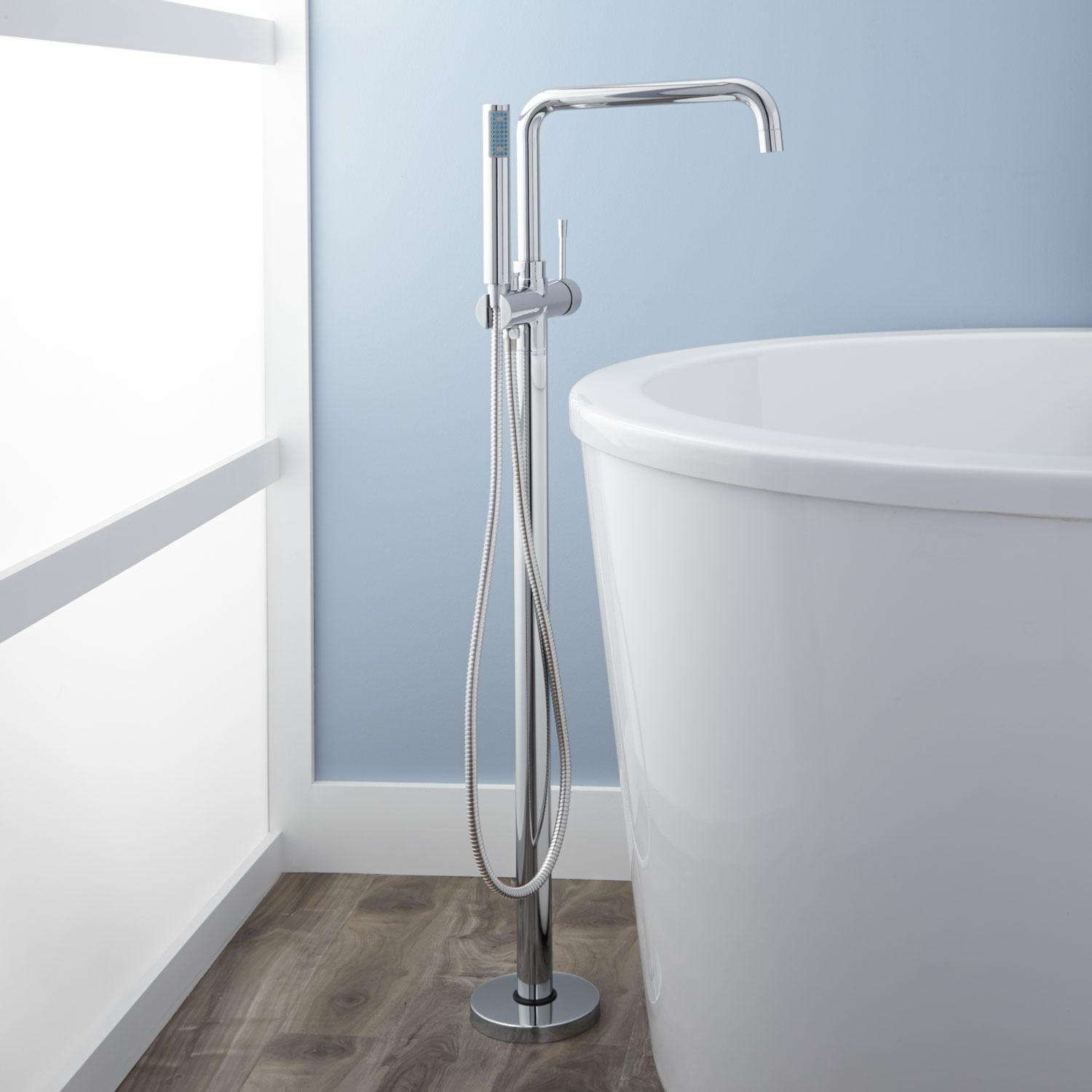
Choosing A Clawfoot Faucet For The Tub
For a classic bathroom with the clawfoot bathtub set as the focal point, matching vintage-looking sink and tub faucets are needed. Opt for a tap with a long gooseneck and two cross-shaped handles for providing the most harmonious complement to the interior. As for the material, most mass-market clawfoot tub faucets are made of brass. Nickeling and chrome-plating are often applied to improve the eye-appeal of the item.

